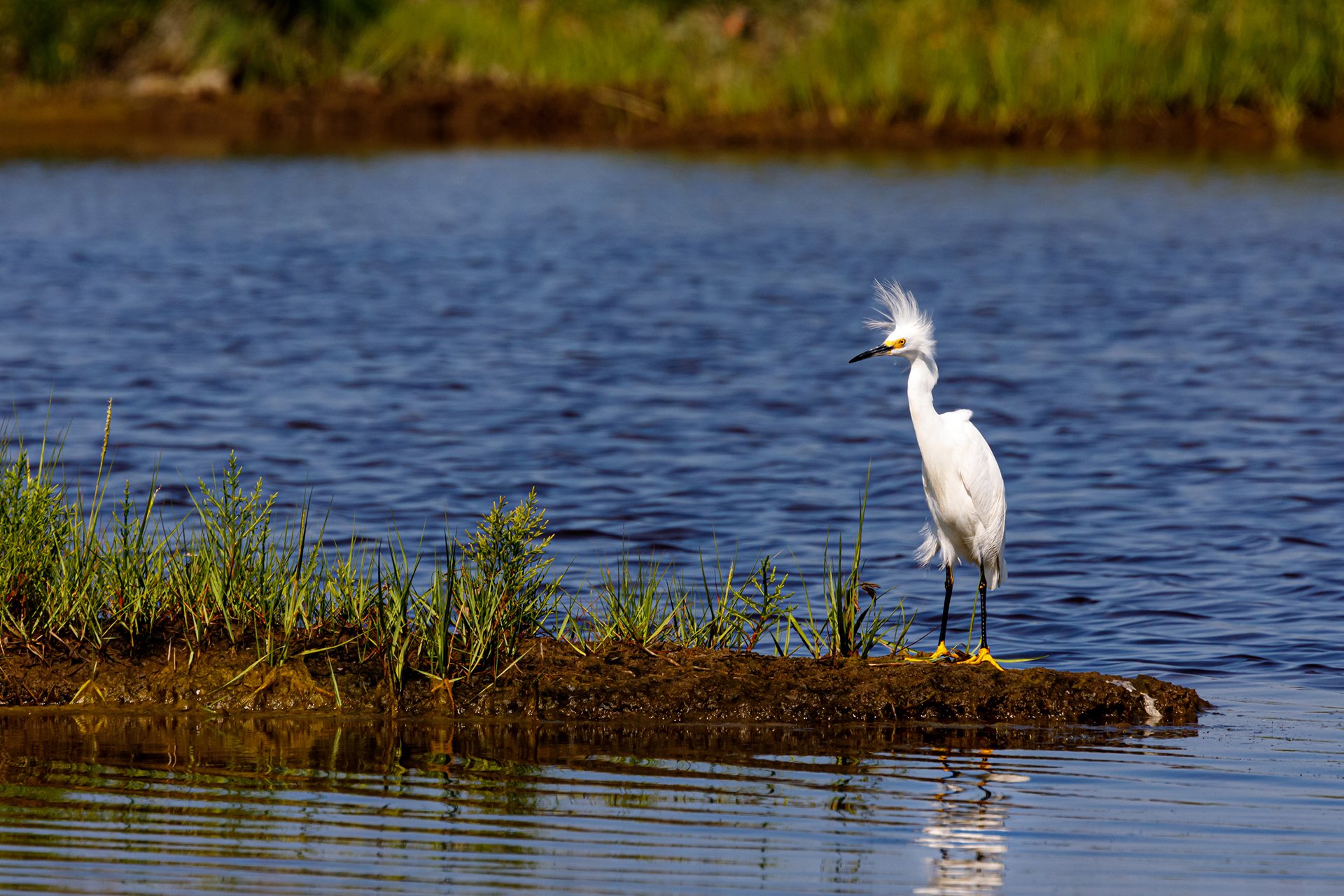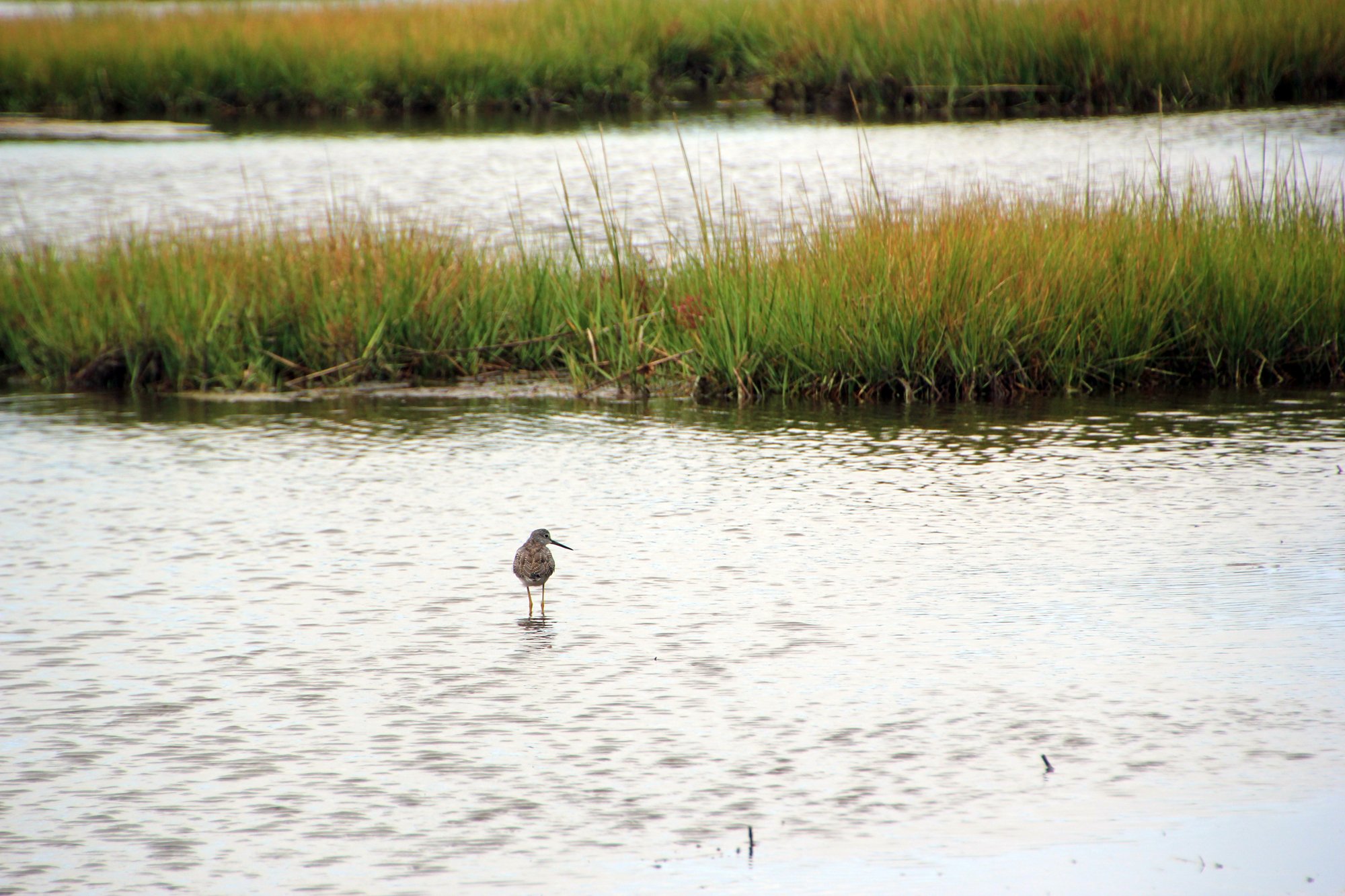In the 1990s, coastal ecologists began to sound the alarm about one of the greatest rising threats to salt marsh habitat—the Common Reed (Phragmites australis), an invasive perennial grass native to Europe and Asia. Large areas of marsh, especially in places that had restricted tidal flow, were being overtaken by monocultures of this aggressive non-native plant and suffering drastic reductions in biodiversity.
In 1996, Mass Audubon regional scientist Dr. Robert Buchsbaum and coastal educator Liz Duff created the Salt Marsh Science Project, a student-scientist partnership program that continues to thrive today. The project was funded by the National Science Foundation as an outreach initiative of NSF's Plum Island Ecosystems Long Term Ecological Research Station in Newbury, MA.
Visit the Salt Marsh Science Project online to learn about the many sites we study and the data that's been collected through vegetation transects, associated salinity wells, and fish traps. Real discoveries have resulted from the work of hundreds of students from local middle and high schools, and marsh restoration projects have yielded results documented in our data. This year, a new restoration project is under way at Conomo Point Road in Essex.
From Phragmites to Climate Change
While the project has largely answered essential questions around tidal restrictions, salinity, and the invasive Phragmites, the data being collected today has the potential to help us understand the effects of climate change on salt marsh habitat.
Recently, large areas of dead vegetation have been documented at many of our sites, forming at the high edge of the salt marsh with increasingly frequency. In some of these cases, increasing the tidal flow succeeded in pushing back the stands of Phragmites—but had the unintended consequence of exacerbating already high levels of vegetation dieback in the marsh.
It turns out that past alterations in drainage patterns, including road construction that cut off natural tidal flows, had already increased the amount of dead vegetation in the marsh. And that was before this latest change to tidal flow was implemented. How will we find the balance that helps the marsh stay resilient?
Generations of Student Scientists
The Salt Marsh Science Project has reached a generational milestone. The teens joining this tradition of stewardship in the marsh today are following in the footsteps of their parents who participated in the project's early days.
As we turn increasing energy to the vital task of helping coastal habitats adapt to the impact of climate change, the program's invaluable long-term data set and tradition of scientific engagement has more relevance than ever before. We're going to need many more well-trained ecologists and habitat managers to respond to the twin threats of sea level rise and increasingly strong storms. And we're dedicated to helping these future scientists get started through the Salt Marsh Science Project.




